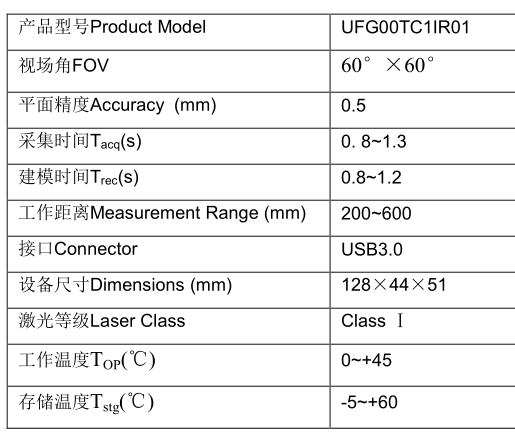小优智能科技有限公司成立于2015年底,是一家专注于高精度3D机器视觉模组研发、生产及销售的高科技企业。
公司自主研发的3D机器视觉模组采用激光/DLP白光编码光栅结构光+双工业相机方案,还原物体三维信息,广泛应用于消费电子领域、工业领域和安防领域,具有精度高、速度快、成本低的优势。
Driven by both technology and demand, human-computer interaction has evolved from mouse and
multi-touch to today's somatosensory technology. Every change in interaction will bring new breakthroughs
and experiences. DOS system + keyboard forms one-dimensional human-computer interaction; Windows
+ mouse forms two-dimensional human-computer interaction on PC; touch screen and camera form
two-dimensional human-computer interaction on smartphones; somatosensory game consoles and mobile
phone 3D imaging technology realize three-dimensional human-computer interaction. .
Somatosensory interaction technology has gone through three stages: 1) Early smart device interactions
used handles, such as Nintendo's Wii Remote and Sony PS Move; 2) Since 2010, infrared somatosensory
cameras have been used in devices such as Microsoft Kinect and Intel RealSense; 3) In 2015, Microsoft
combined head-mounted VR with 3D depth perception and launched the disruptive innovation product
Hololens holographic helmet.
However, traditional human-computer interaction is processed on the basis of 2D plane images. Ordinary
cameras can only record images and collect plane images. The analysis algorithm is difficult and the
functions are very limited; while 3D imaging technology uses optical cameras and infrared depth sensors
to determine the spatial position of the human body. 1) Ordinary optical camera, to achieve
two-dimensional capture of the human body; 2) Infrared depth sensor, to determine depth information by
emitting or receiving infrared light; the combination of the two can obtain the three-dimensional spatial
position of the human body.
With the continuous advancement of hardware technology and the continuous optimization of algorithms
and software, the accuracy and practicality of 3D depth vision have been greatly improved. Gesture/face
recognition based on 3D vision will have a disruptive change on existing consumer electronic products and
has been widely used in large devices (such as smart computers, smart TVs, etc.).
Aiming at the huge market of depth cameras, Xiaoyou Intelligence has made early arrangements in the field
of 3D depth vision. First, it is to make early preparations in hardware and technology to develop
high-precision 3D depth cameras with smaller size and lower power consumption. Secondly, it builds an
industry chain within the industry, and carries out in-depth strategic cooperation with industry giants, and
carries out in-depth cooperation in the field of depth cameras to jointly develop the market.

XiaoU high-precision 3D camera module performance indicators
Take the iPhone touch screen as an example, which once ignited a huge Internet market. 3D camera
technology will replace touch screens and be applied in daily life fields such as mobile phones, smart
wearable devices, smart homes, security, and automobiles, bringing a new user experience. For example,
facial recognition replaces fingerprint unlocking and payment, which is safer and faster; gesture
recognition is used for physical gaming entertainment to enhance the fun of gaming reality; humanoid
modeling is used for online shopping, which is more convenient and faster. We believe that the rapid
penetration and popularization of 3D depth vision and its entry into consumer-grade smart terminals will
be the general trend. 3D depth camera + artificial intelligence AI will usher in a new era of three-dimension
al human-computer interaction.